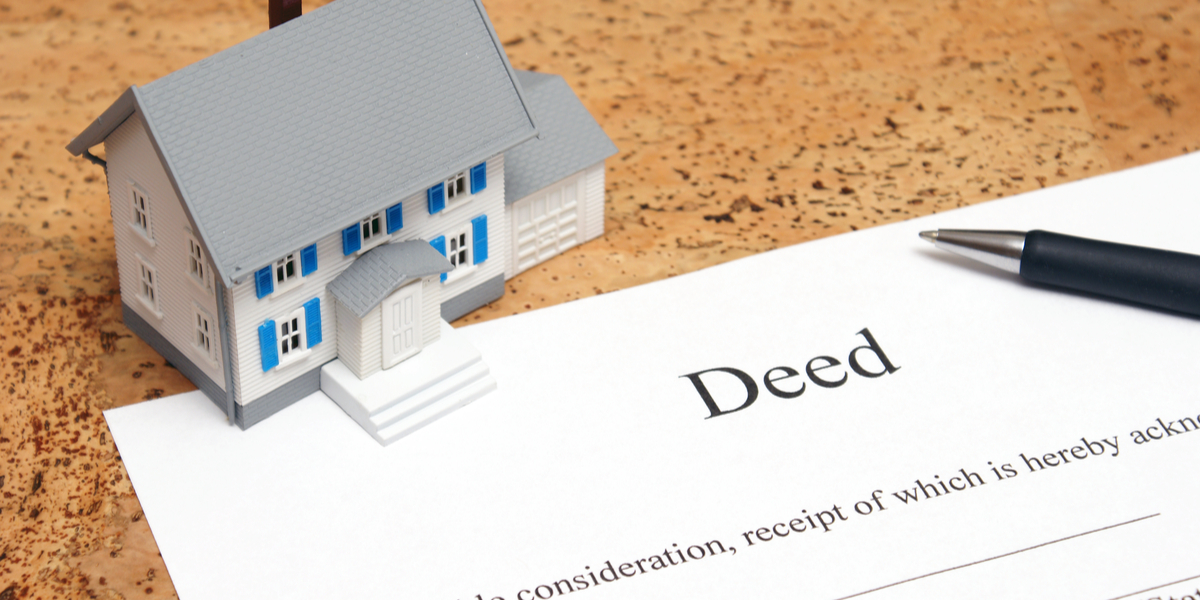Writing A Financial Hardship Letter Due To Medical Bills
Medical bills tend to be substantial bills and if you incur a sudden expensive illness or a major accident, they can mount up very quickly. You may need multiple, lengthy treatments and your insurance may not cover all of those expenses. A lot of people don’t realize that credit card debt and medical debt are quite similar. Namely, they are both unsecured, which means they can both be negotiated. One way to get the ball rolling, is by writing a hardship letter.
Tips for Writing a Financial Hardship Letter Due to Medical Bills
The healthcare industry is very inflexible in terms of collecting on medical bills. However, this does not mean that you have to pay more than you can, nor do you have to take out a loan. Doing so will only make your situation worse.
First of all, therefore, you should determine whether the debt is actually correct. It is quite possible that there has been an error in your medical bill, particularly when you consider that studies have shown that up to 80% of them do indeed have some sort of error. Hence, make sure to look over the bill and ask a trusted person to do the same. You can find online help on how to read your bill as well.
Once you have determined the amount you actually owe, you need to negotiate with the medical institution to see if a repayment plan can be created. You should not have to put yourself in greater financial difficulty just to pay for your bill. This is because, if you do this, you may not be able to receive Medicaid later on in life. What you need to do is immediately tell the creditor that you cannot pay. Debt used to be referred to collection agencies after 150 days, but this is now usually between 60 and 90 days, so make sure you do things quickly. Consider that collection agencies may sue you for as little as $100, and you will see how important it is to take action now.
Make sure you keep documented evidence of everything that you do. Hence, do not speak to the medical provider – or a debt collection agency – over the telephone, but do everything in writing. You should also make payments each month on the bill that you can afford, even if an agreement has not yet been reached. This shows willingness on your part.
Some important tips for your hardship letter:
- Keep the letter short and to the point. Try to stick to a single page.
- Include a financial statement that shows your income and expenses.
- Always be polite and courteous. After all, you are asking for help.
- Explain that you are in hardship and why, and how that is linked to the medical condition in question.
- Offer a repayment plan that you can afford, stating when you will make the payment, how, and for how long.
- Address it to an actual individual, which gives it a personal touch.
If your repayment offer is accepted, make sure that you receive a confirmation for that in writing.
Financial Hardship Letter Due To Medical Bills Example
{Your Name}
{Your Address}
{Your Phone Number}
{Hospital/Clinic/Doctor Name}
{Address}
{Phone Number}
ATTN: {contact person}
{Date}
RE: {consolidation/restructuring/forgiveness} of debt on medical bills for {Name}, account {number}
To Whom It May Concern:
My name is {Name}, and I was a patient at {hospital/clinic/doctor’s office} on {date}, where I received {a specific procedure, treatment, etc.}. {Indicate what your insurance covered of this procedure, or note that you did not have insurance at the time}.
I have been on a payment plan that has me paying {amount in dollars} per month. But I have unfortunately run into significant troubles in my life, which have made it impossible for me to continue to keep up with this payment plan. Due to {death in the family, loss of a job, other medical problems, etc.}, I am dealing with making constant decisions about which of my many bills is most important each month.
I have attached {relevant financial documents} to this letter, so that you can see that my monthly income is only {amount in dollars}, all of which must go to {mortgage, rent, other payments}, leaving very little left for the amount I owe you.
{Indicate how much you can pay each month, or indicate that you would like to have your debt forgiven due to this hardship} . I hope that we can work out a plan that will work for both parties.
Please contact me as soon as possible so that we can begin this process.
Sincerely,
{Sender Name}





